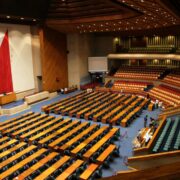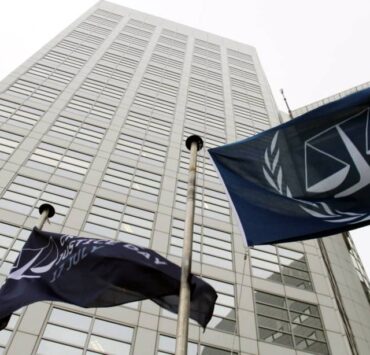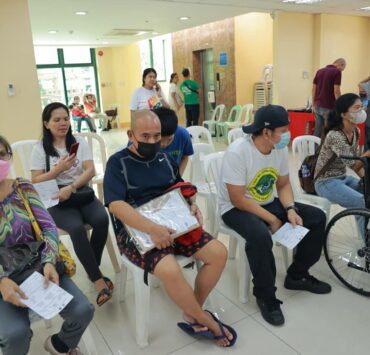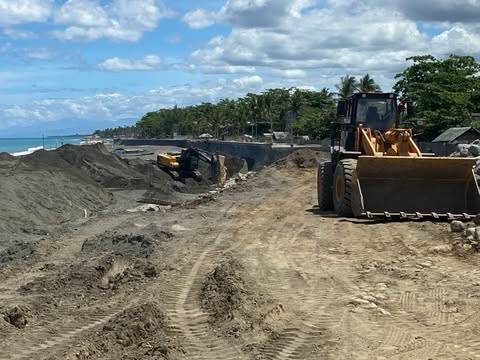Gov’t to set maximum SRP for imported rice
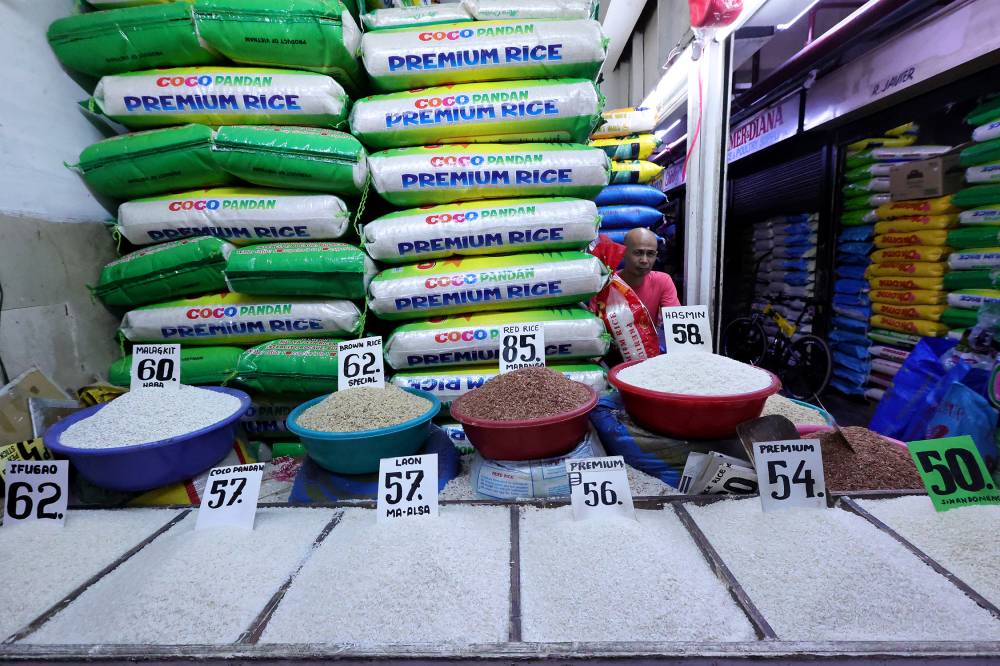
The Department of Agriculture (DA) plans to introduce before the end of the month a maximum suggested retail price (MSRP) for imported rice to bring down prices.
In an interview on Monday, Agriculture Secretary Francisco Tiu Laurel Jr. said the policy MSRP would be “released very soon,” the first time the DA would introduce such a measure.
Although he did not say what the MSRP would be, Tiu Laurel said imported rice should not be sold at P60 per kilogram in public markets as this was “already profiteering in my opinion.”
In a separate interview, Agriculture Assistant Secretary Arnel de Mesa, also the DA spokesperson, said that assuming a profit margin of P6 to P8 per kilogram, the average retail price should not exceed P52.
He added that the prevailing price of P60 per kg and above for some varieties of imported rice was “really too much.”
De Mesa explained that the MSRP would be different from the price cap or suggested retail price (SRP).
If the MSRP for imported rice is set at P40 per kilogram, retailers should not sell the commodity for more than P40 a kilo.
On the other hand, the SRP guides producers, manufacturers, traders, dealers, sellers, retailers and consumers on the pricing of basic necessities and prime commodities. Retailers, however, are not required to follow the SRP since it is voluntary in nature.
Difference
“SRP per se is you are putting the exact amount that should be the selling price of the product,” De Mesa said.
“MSRP means setting a price limit, stating that the price of rice should not exceed a particular amount. So in effect, you are not specifying the SRP per se but you are providing a reference that the price of this commodity, especially rice, should not exceed the indicated amount price,” he explained.
Sought for comment, Federation of Free Farmers national manager Raul Montemayor said the DA should have a “firm basis” for saying that the retail price of imported rice should not exceed P60 per kg.
“DA also has to determine where the profiteering is occurring—at the import, wholesale or retail level,” Montemayor said. “There are different types, varieties, brands and source countries of imported rice with different prices and landed costs.”
Sanctions needed
“Right now, all the effort seems to be directed at retailers but we also need to look at the margins of importers and wholesalers and check if these are not excessive,” he added.
For his part, Samahang Industriya ng Agrikultura executive director Jayson Cainglet said they have long been proposing a price cap or SRP for imported rice but “with punitive action” using the Anti-Agricultural Smuggling Act.
“What the importers promised was P42-P45 per kilo if EO (Executive Order) 62 was implemented. Why not peg the SRP there if the National Economic and Development Authority really believes that they did the right thing by pushing EO 62?” Cainglet said. The EO, which took effect in July, reduced rice tariffs from 15 percent to 35 percent to lower prices.
The DA will meet with concerned government agencies, including the Department of Trade and Industry, Department of Finance and Philippine National Police to finalize the policy on the implementation of the MSRP.
As of Jan. 3 this year, imported regular milled rice was priced from P40 to P48 per kg. This variety was not available on the same day a year ago.
Imported well-milled rice went for P40 and P54 per kg, lower than last year’s P51 to P56 per kg.
Other measures being eyed by the DA to lower the price of rice imports were the removal of brand labels and the elimination of “premium” and “special” labels.
But agricultural groups called the move a “shallow attempt” to address price manipulation, adding that these would only “deceive” consumers.




